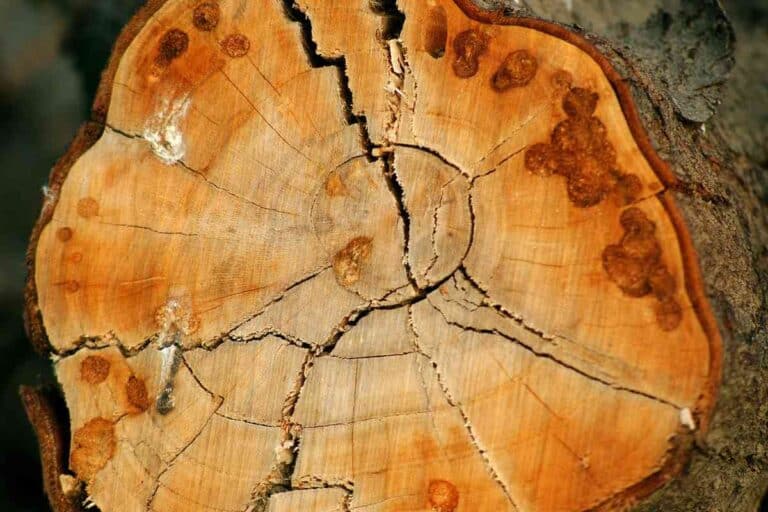4 Steps To Safely And Quickly Cut Firebricks
Knowing how to cut your own bricks will make your home improvement projects much cheaper. In this guide, we will teach you how to cut firebricks.
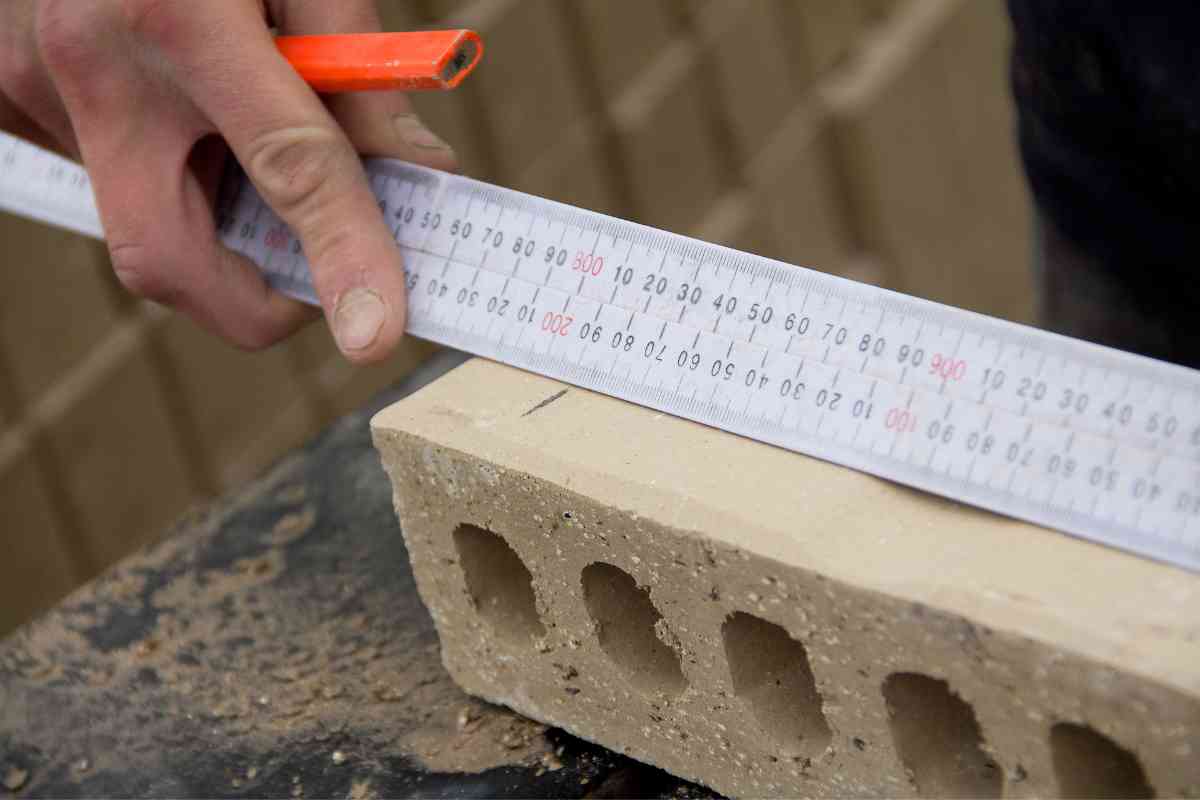
How do you cut firebricks?
Cutting firebricks doesn’t have to be a complicated process. You simply need to choose a cutting tool, secure the brick on a stable surface, measure where to cut and start cutting the brick. However, ensure you are wearing protective gear to prevent injuries.
If you are a home improvement enthusiast, you may sometimes decide to install a brick oven in your backyard or install a wood stove in your house. And, as you may expect, you will need to work with bricks of different shapes and sizes.
Therefore, you have to cut some firebricks along the way, so that they can fit your preferred design. While you can hire someone to cut them for you, you can also opt to do the work yourself since cutting firebricks isn’t as complicated as it may appear. Again, hiring such labor does not come cheap more so if you under-estimate the work to be carried out.
And, you don’t need any special skills to do this work. You just need to know some basic things and you will be good to go. These are tips that you can learn easily.
Cutting Firebricks: Step by Step
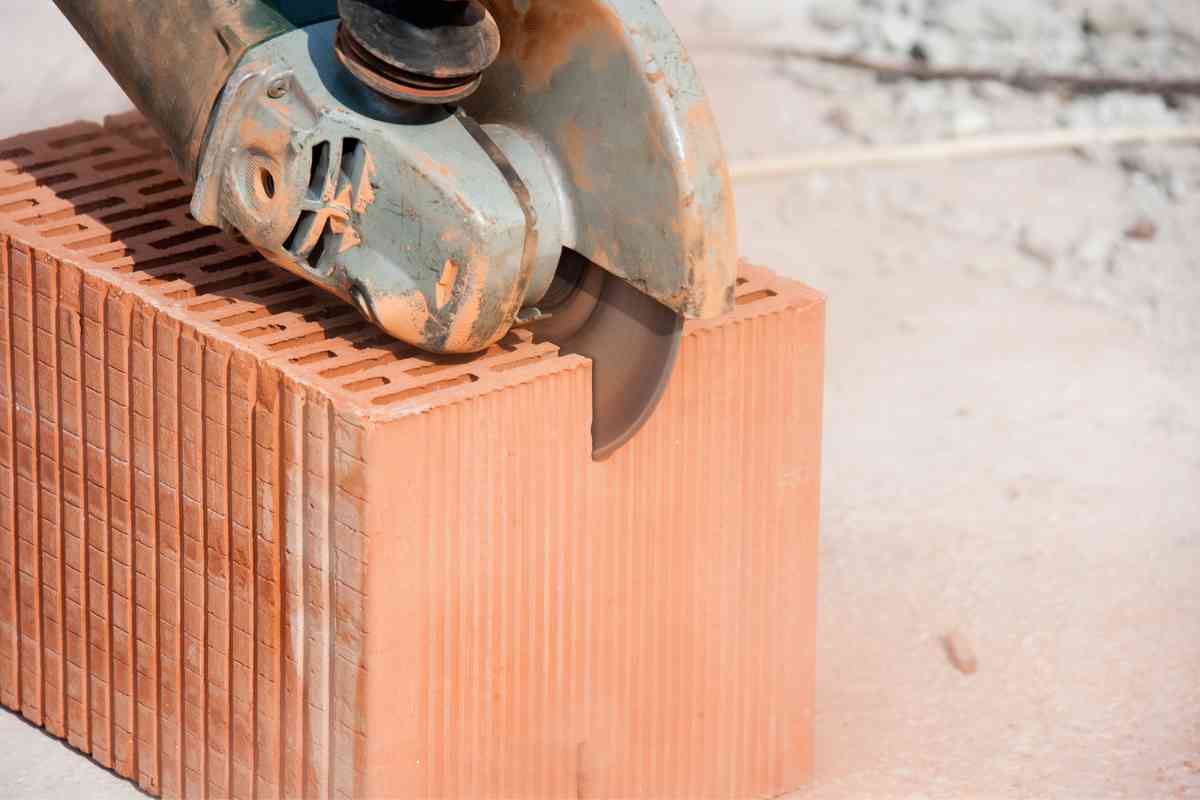
If you’ve never cut fire bricks before, it may appear like an extremely challenging process. But, this is not the case.
With proper preparation, the right tools and some guidance, you can do the work yourself and save some money.
In this section, we will take you through the steps to follow when it comes to cutting bricks.
Select Your Preferred Tool
There are several tools out there that you can use for this type of work. So, you first need to choose a tool that you will use for the work.
Some of the tools that you can use to cut bricks include a hammer and masonry chisel, a reciprocating saw, an angle grinder, as well as a circular saw. Each of these tools comes with its pros and cons.
With a miter saw
First, to clarify because some people use different names for tools: A miter saw has a platform with a larger blade that can be lowered down into the brick. This contracts with a circular saw, which doesn’t have a base.
The first thing you’ll actually want to do with a firebrick when cutting with a saw is to get it wet. Put the brick in a bowl of water for a couple of minutes – and wait for bubbles to stop forming.
Are you wondering why you would put a brick in a bowl of water before cutting it? Bricks, and especially fire bricks, can produce lots of dust and minerals in the air when cut. Wetting the brick first reduces the flying particles produced by the saw.
The rest of the process is pretty simple with a couple of exceptions: When cutting your fire bricks, try not to start the saw with the blade on the brick – as the torque can make a bad cut in a soft fire brick. Second, be careful not to let the blade guard rotate and smack the brick, or it could create an ugly chip.
With a chisel
Some firebricks are soft enough to cut with a chisel using a prolonged “score and snap” method. First, you’ll want to put on some eye protection. Small pieces of rock could fly and you don’t want them in your eyes!
There are a couple of ways to do this: You could use a masonry chisel that is as wide as the brick itself, and give it a few taps, then potentially finish the job with a hammer, knocking off the part you don’t need. If you don’t have a wide chisel, you could also has a smaller chisel and take make repeated taps along the line you want to cut – hard enough that some dust show fly. Keep tapping along the lines you want to cut.
You might end up wanting to tap multiple times in the same area- keep going around on the sides of the brick too. Continue tapping until the brick is chipped up enough that you can make some stronger strikes and break the brick where you want it cut.
With a rotary tool
A rotary tool (like a Dremel) with the right tip is sort of like having an automatic chisel. The downside is that you’ll need a small tip especially if you want to make a small cut. This kind of saw will enable you to etch out a cut along the markings without having to use a chisel – and it’s a bit easier on your elbows and hands.
With a wet saw
A wet saw contrasts a bit from a miter saw in that it uses a hoses and water source to create a nice stream of water near the blade that is meant to carry dust away right away and cool down the brick (or in most cases, tile). If your brick is small enough to fit in your tile saw, this is a good option to use as you don’t have to soak your brick first.
Simply make your marks, and use the tile to make the cuts. We only put this particular tool last because not everyone has a tile saw!
Wear Protective Gear
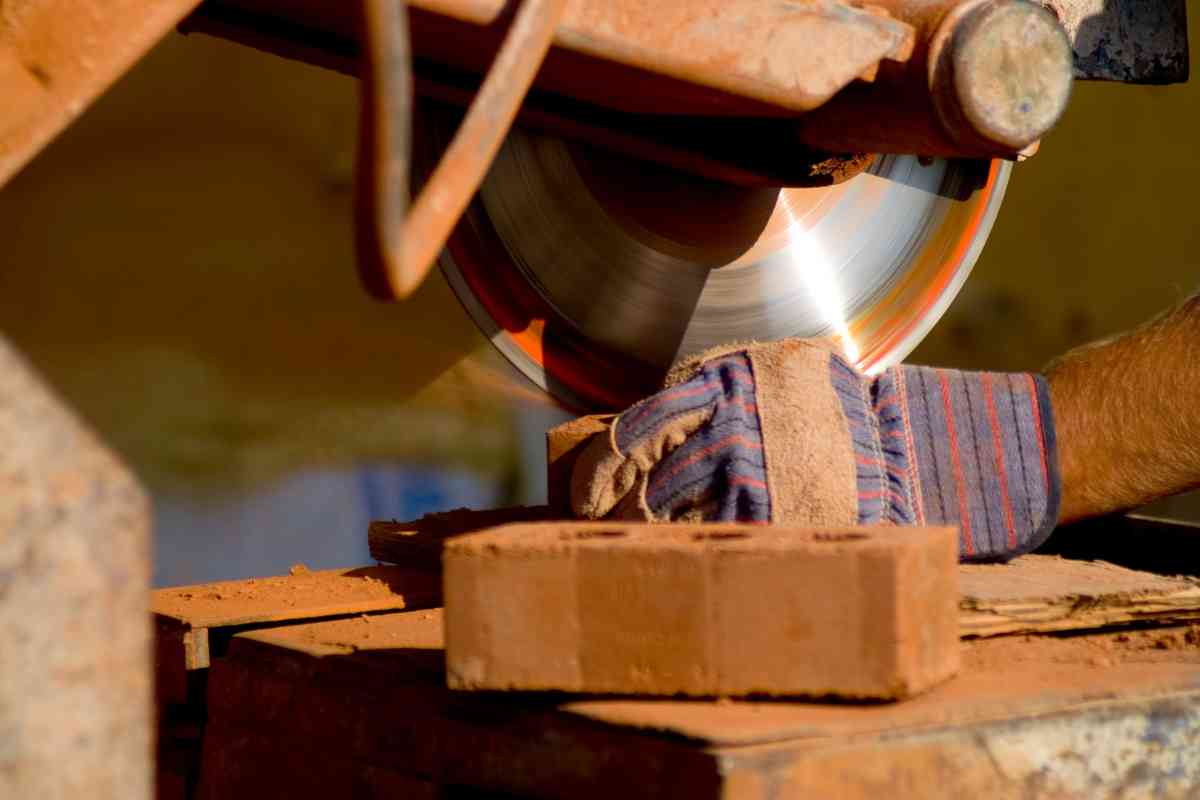
Regardless of whether you are only cutting a single brick or several pieces, it’s important to wear protective gear. To this end, you should wear protective eye goggles to protect your eyes against dust and small brick fragments.
You should also wear a mask. When cutting bricks, some dust particles or brick fragments may go through the nose and mouth, causing asphyxia, among other complications – thus the need for a mask.
It’s also advisable to wear ear protection. Regardless of the tool that you are using, it’s highly likely that some noise will be produced.
And, loud sounds or noise can damage sensitive parts in your inner year, resulting in temporary or permanent hearing loss.
You also need to be wearing a set of leather gloves. While cutting, the blade or even the chisel may slide and land on your hand.
But as long as you are wearing sturdy, cut-resistant gloves, the injury won’t be severe.
On the other hand, if you are not wearing the right pair of gloves, then the blade may end up accidentally cutting through your hand or leaving you with an extremely deep cut.
Place the Firebrick on a Work Bench
Now that you are properly dressed for the job, you can now begin the process of cutting the bricks. First, you should place the bricks on a hard, stable surface.
Working on a stable surface will minimize unnecessary movements, which can cause an injury.
Ideally, you should cut them on a workbench, if you already have one.
However, if you don’t have a workbench, you can simply place the brick you are cutting on top of other bricks.
But, we should point out that the height of the surface you are working on will make a considerable difference in how fast or easy you can do the job.
If the platform is too high or too low, you will be forced into an uncomfortable position. You can experiment with different heights and then choose one that works best for you.
Also, we earlier pointed out that noise and dust will be produced in the brick-cutting process. So, if you have kids at home, you should set up your work area away from your house.

Measure and Cut the Brick
Before you begin cutting the brick, you should first use a tape measure and mark where you should cut. You can mark using chalk, a pencil or something like a nail.
From there, you can now begin the cutting process.
If you are using an angle grinder or saw, you will need to hold it firmly using one hand, activate it and then lower it slowly to the brick surface.
You can then start cutting along the marked line. It will be advisable to soak the brick in water first before you begin cutting, to minimize the amount of dust.
If you are using a chisel to cut the brick, you should score it first. Scoring refers to the process of creating a precise, controlled crack all around the brick. After scoring it, you will then apply some force to break it and it will snap following this line. However, a chisel cut won’t be as accurate or clean as a grinder or saw cut.
So, if you want clean and precise cuts, then you should use an angle grinder or a saw.
Key Takeaways
- You will need to cut bricks when building a brick oven
- Cutting firebricks isn’t a complicated process
- You can cut firebricks using a chisel, angle grinder, or circular saw
- Make sure you are wearing protective gear when cutting bricks

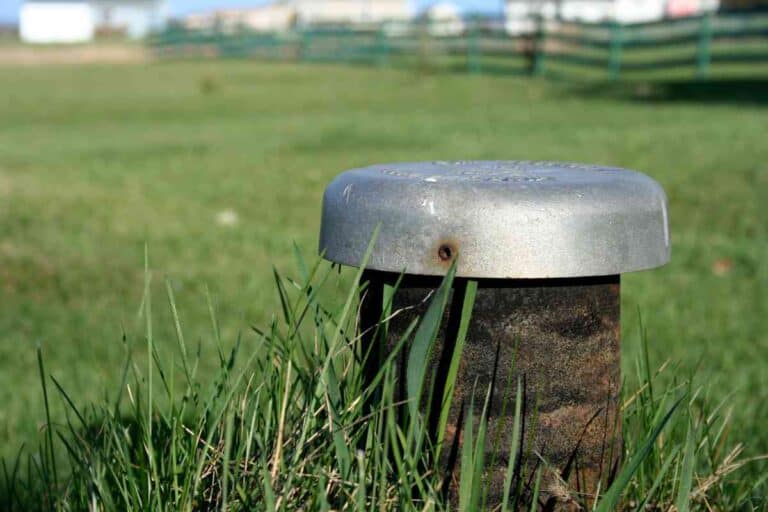


![Can I Live In A Yurt On My Own Land? [Answered!]](https://freedomresidence.com/wp-content/uploads/2022/05/Can-You-Live-in-a-Yurt-On-Your-Own-Land-1-768x512.jpg)
